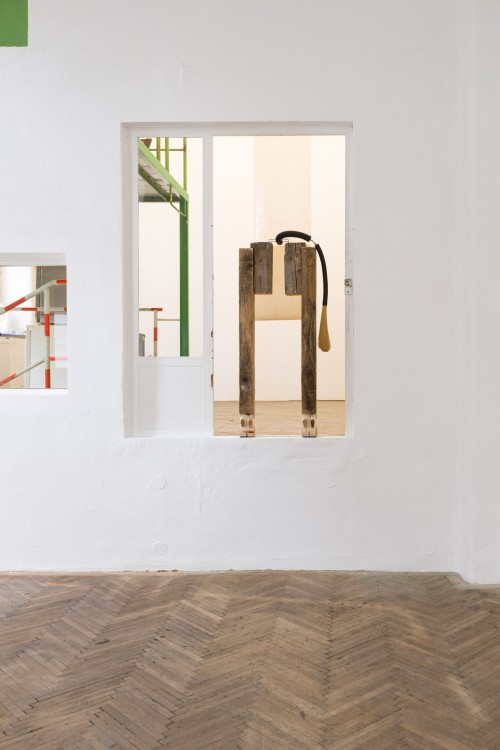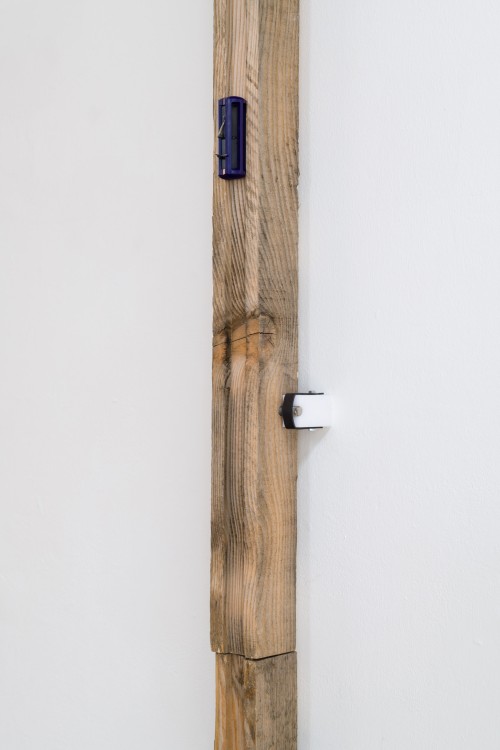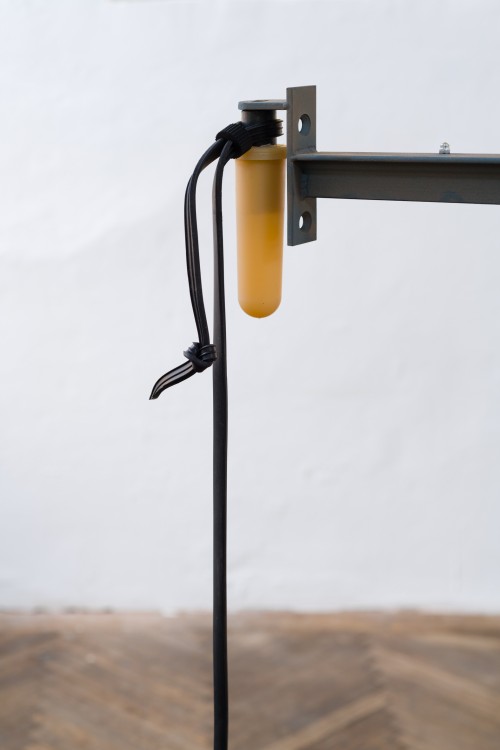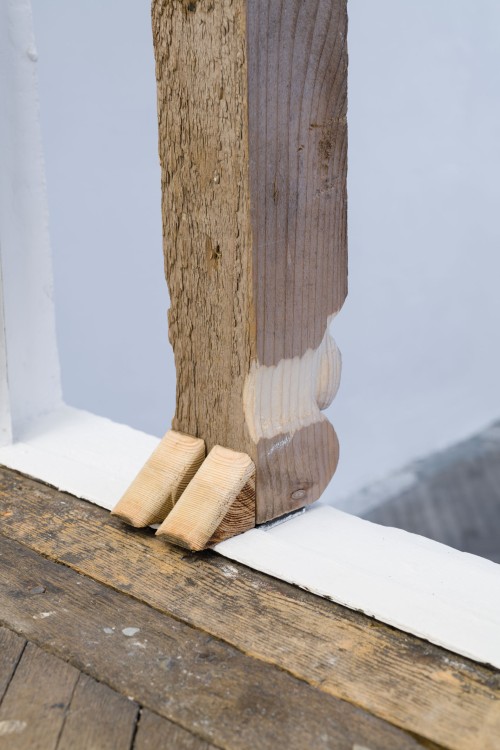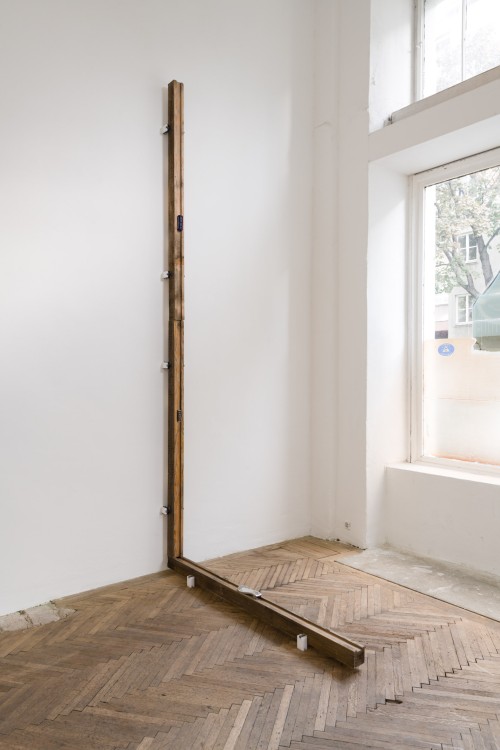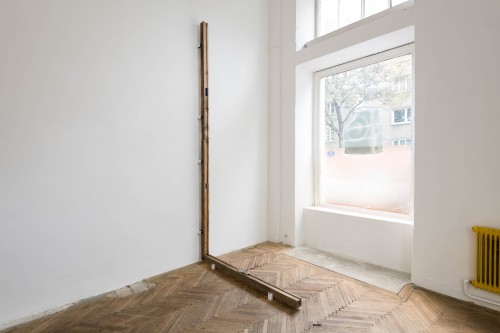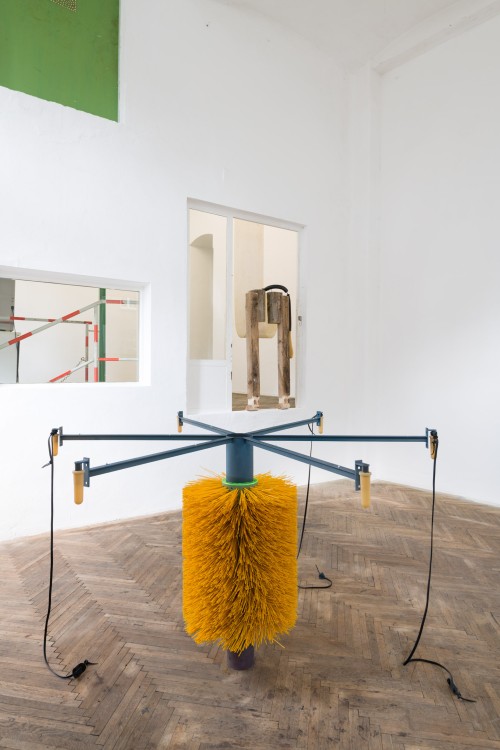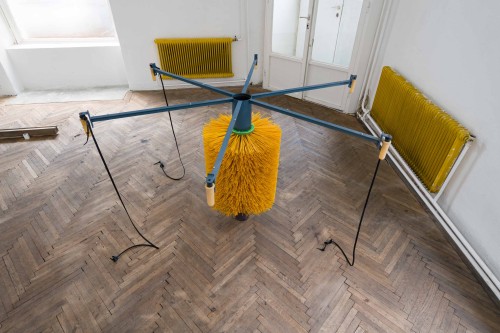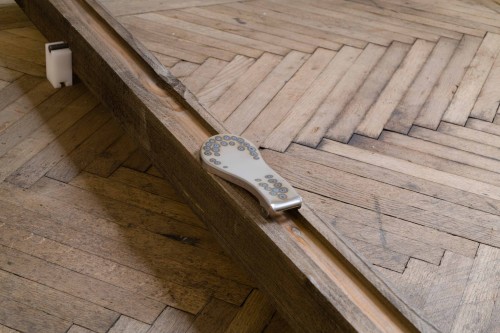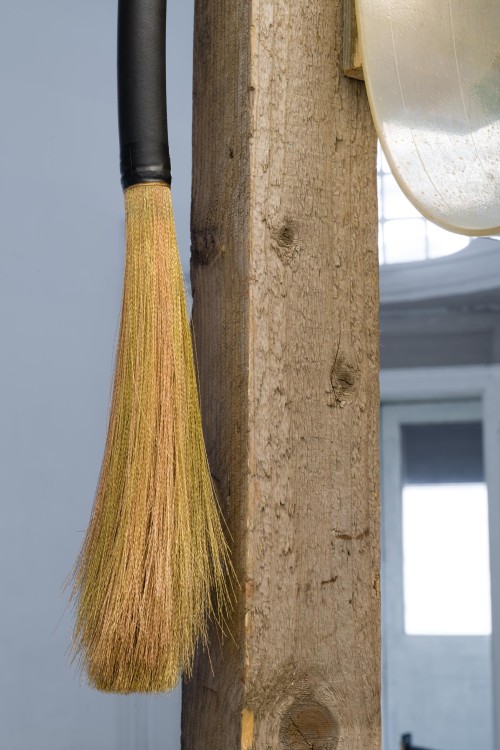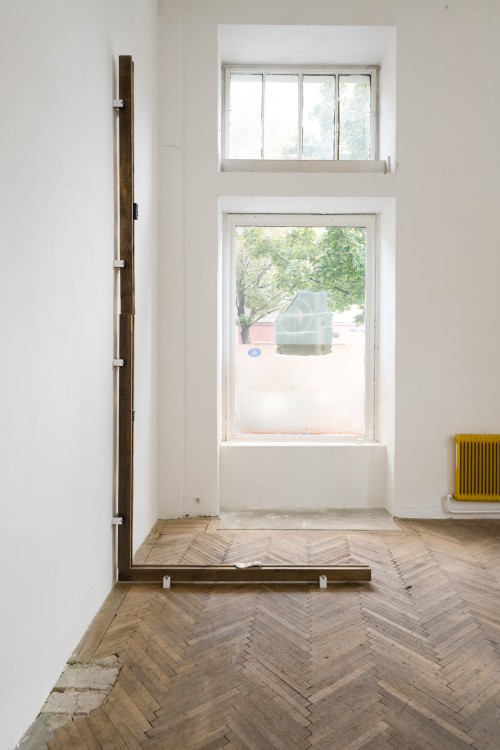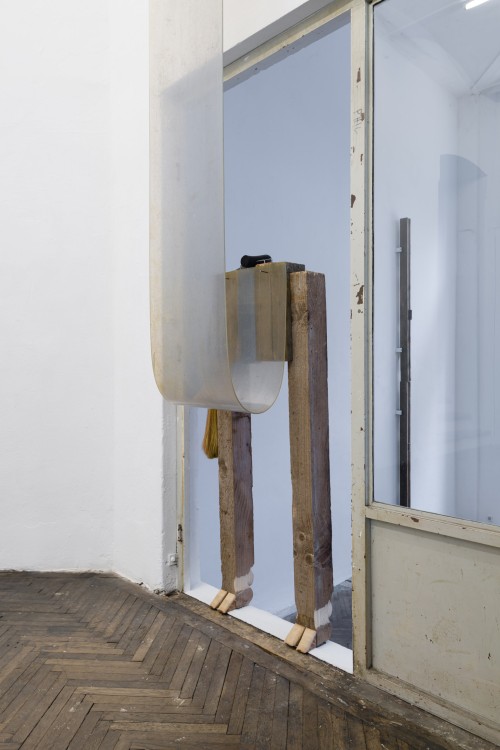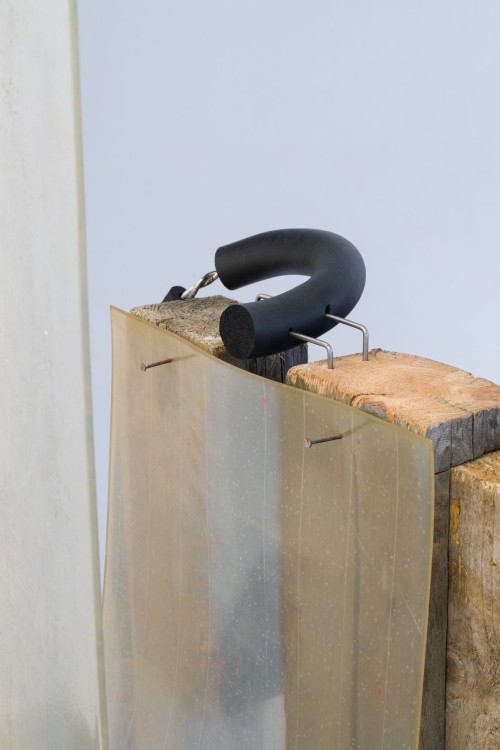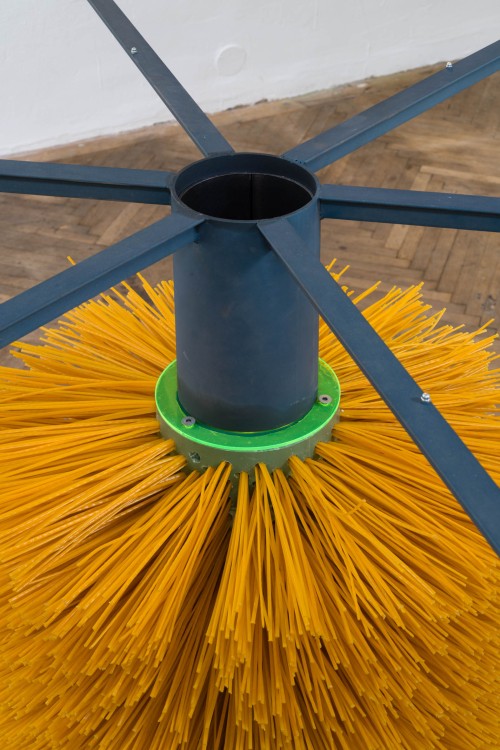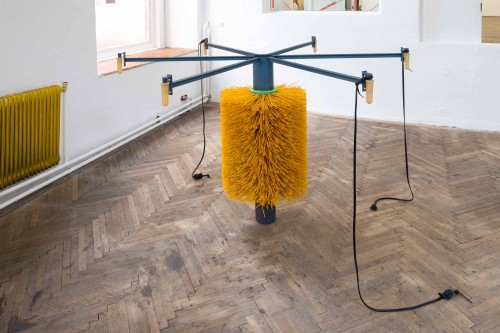Yvonne
17.09. — 08.10.2020
Opening: 18. 09. 2020, 17 h
Finissage: 09. 10. 2020, 17 h
Yvonne
Yvonne - suddenly there was a name that made it possible to tell the story of a
rebel. She escaped from her captivity, escaped slaughter and hid in the forest for
months. She only came out at night to look for something to eat. Just a few traces
left as evidence that she was still alive at all: a grazed field there, a run-down
fence here, a cowpat there. The dairy cow, which escaped during her transport from
Carinthia to Upper Bavaria in 2011, was not only hunted by a helicopter, thermal
imaging cameras and an off-road vehicle approved to shoot, she was also lured with
food and by the supposedly particularly attractive breeding bull Ernst. Finally,
even an animal communicator came to whisper to the fugitive that she could safely
return to human hands. The slaughter is canceled, Angie! You won't be shot either!
You made it to the New York Times and we received letters from India that people
want to adopt you! You will get a new name – Yvonne – and you will be allowed to
graze Gut Aiderbichl hay until you die!
Maybe it was the Fleckvieh's ability to survive which provoked so much. She should
lie good and fat on the meadow, not suddenly become active at night, muscular from
constant running and having her own will. Rather, the cow is expected to fit
seamlessly into the capitalist machine. The lactation curve is calculated, each
teat is in a tube, the milking carousel turns. The cow is a „companion
species“ par excellence. Without man there would be no cow today, without the cow,
no man today. Not only are the evolutionary developments of humans and cows
inextricably linked, our individual bodies are also mixed.
Donna Haraway writes in her Companion Species Manifesto (2003) that the
demarcations between human and non-human animals become fragile, even downright
absurd, if you look closely; if you pay attention to how we share viruses,
bacteria, habitats and habits and how we shape each other. The Companion Species
Manifesto is primarily about dogs and human-dog mixing. Just like dogs, cows are
hybrid beings, shaped by the close coexistence with another species and by
breeding, prosthetics, medicine. Unlike dogs, cows are seldom imagined as
companions. They are a special type of companion species. They are cyborgs.
Anyone who says that this is far-fetched, look closely at this small, plasticframed
piece of metal. It is a specially made magnet for the dairy industry that
is used in the cow's stomach. It is there to bind up nails and other metallic
parts that the animal could eat through the processed hay in the course of its
life and thus protect the bovine interior. The works in Yvonne cite the numerous
practices, architectures and tools that have made the cow body a cyborg. They also
show that the fact that the human and the bovine animal can no longer be divided
does not at all mean that they have the same power to act. Yvonne was already
mourned as a poor slaughter cow and pathologized as a stubborn animal – she had a
cyst on the ovaries, which led to high hormone levels and made her „so wild“.
Yvonne, on the other hand, fabulates a world in which the cows use their cyborg
powers to rebel. It could also be a world in which, instead of trying to talk
yourself out of a cyst, you get the idea that Angie would simply rather live in
the forest than in the milking carousel.
Julia Grillmayr
Translation by Ezara Spangl
